arabera ROSSICELA VICENTE DUEÑAS 5 years ago
656
LOS DIEZ PRINCIPIOS FUNDAMENTALES DE LA ECONOMÍA.
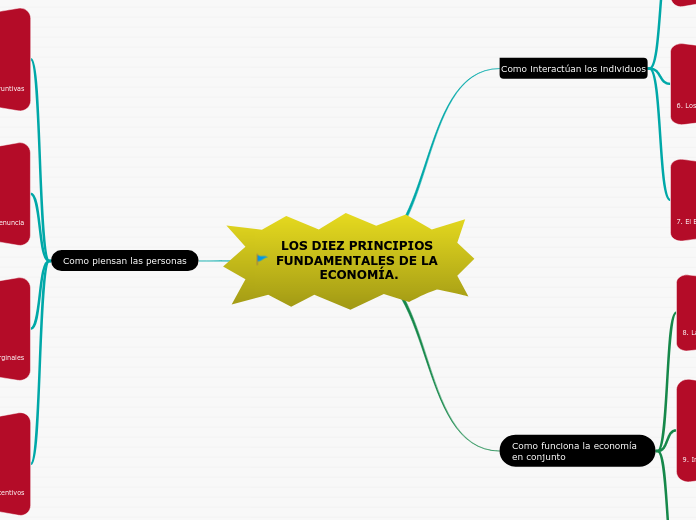
arabera ROSSICELA VICENTE DUEÑAS 5 years ago
656

Honelako gehiago
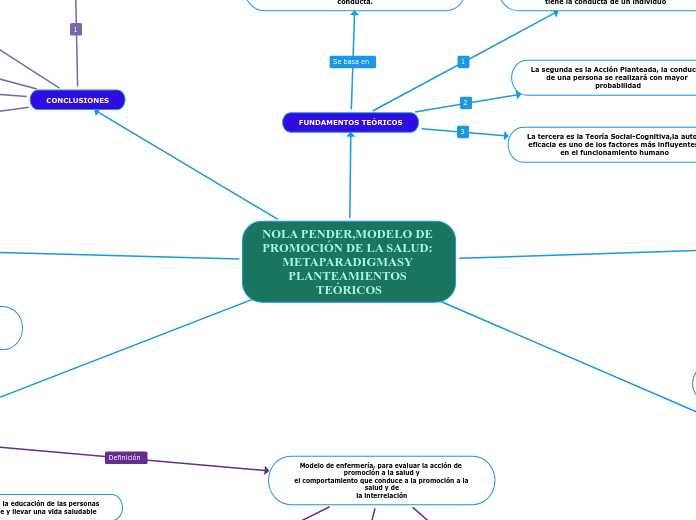

Renzo Eduardo‑k egina
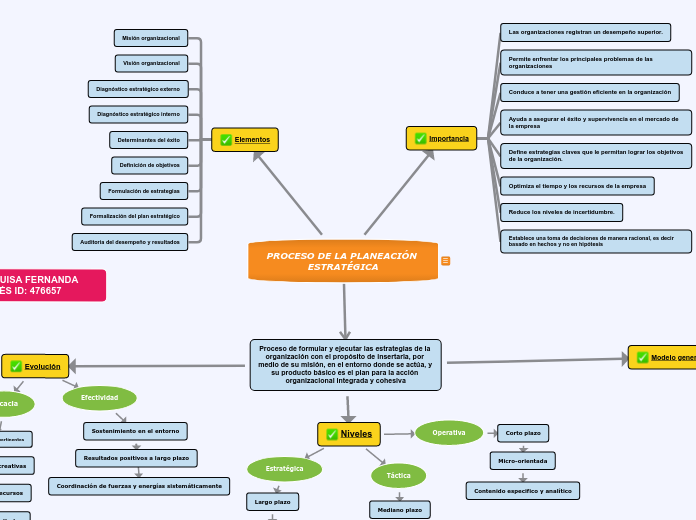

luisa fernanda sánchez cortes‑k egina
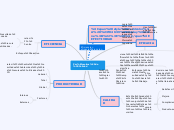

Marian Boneth‑k egina
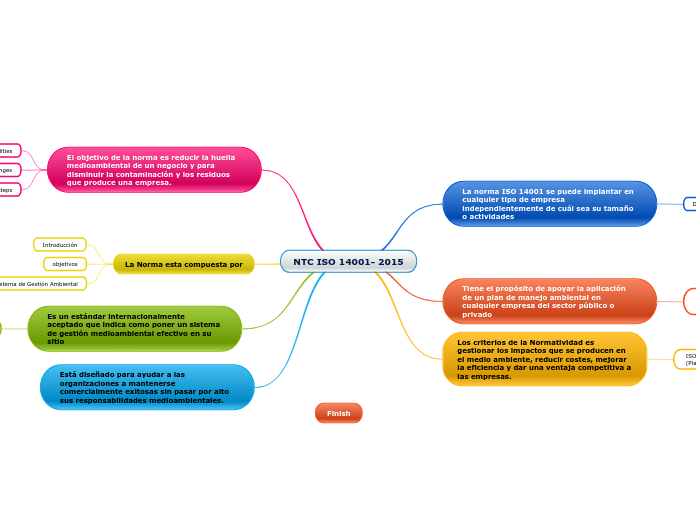

YULIANA YANDAR‑k egina

To name your story, you have to think about the overall message and what you want your audience to understand from the story. Also, make it relevant and easy to remember.
In the beginning of the story (or the exposition), you will need to introduce the setting and characters. You might also want to introduce the main conflict. This part of the story is important because it gives the reader necessary background information and maybe even a first insight into a character’s personality.
Ejemplo: una personas que consuma en gran cantidad manzanas, las compra puesto que su precio de compra es básico, pero si llegara a subir el precio de las manzanas va a dejar de comprar manzanas y empezara a comprar peras, con esto podemos evidenciar que los individuos responden a los incentivos.
The setting (time & place) of a story can change throughout the plot.
Sensory details include sight, sound, touch, smell, and taste. These details are important because they create depth in your setting.
See a few examples below:
Ejemplo: una empresa cuenta con 4 tiendas en Huaraz, esta se dedica a la producción de zapatos, la empresa lanza 1000 zapatos, al cabo del tiempo se dan cuenta que el producto tiene acogida y es consumido por lo cual desarrollan un plan marginal al cambiar de 1000 a 1200 pares de zapatos
Ejemplo: cuando una persona entra a la universidad, su beneficio sera la oportunidad de trabajo y obtener conocimiento, sin embargo el costo no será el dinero, sino el uso del tiempo que puede ser utilizado en otras actividades que le podrán generar ganancia.
Characters are essential to a good story. Usually, the protagonist(s) is/are the most affected by the plot. Introduce a character by focusing on their actions, interests, and occupation, as the physical appearance doesn't make a difference in most cases.
Type in the name of your character.
Ejemplo: Los almuerzos no son gratuitos, para conseguir un almuerzo debemos dar algo o renunciar a algo , en este caso debemos decidir entre renunciar al dimero o alimentarnos.
Add other properties of the character.
The ending of a story is essential. We all know that if the ending is weak, what happened before loses its importance. So make it unpredictable, but fair. A resolved ending answers all the questions and ties up any loose threads from the plot.
This is the closure section of the story.
See examples of possible outcomes below:
Try answering these questions to come up with a closure:
- Have all the problems been solved?
- Is there a clear picture of what happens with each character in the story?
- Has the challenge transformed your main character?
- How do the characters feel in the end?
Ejemplo: La política económica de un gobierno se plantea reducir la inflación y para ello reduce la cantidad de dinero en circulación. Se sabe que a largo plazo ello producirá una caída en el nivel general de precios, pero ¿qué pasará en el corto plazo? Como los precios no se ajustan inmediatamente, y la gente tiene menos dinero para gastar, por lo tanto las personas compran menos bienes y servicios.
Ejemplo: el presidente de Perú incrementa el precio de la comida un 114%, en donde las madres de familia se reúnen en grupos de 10 y 20, cada una con una producción de 20 y 50 soles par suplir sus necesidades
This is the moment when the main character surpasses the last obstacle and finally faces their greatest challenge.
The climax usually follows one of these patterns:
Type in your answer.
Ejemplo: en un caso una familia equivale a países donde cada integrante tiene un is distinto, cada uno permite mayor producción lo cual permite que la familia tenga mayores comodidades y esto refleja en el esfuerzo que se hace y las ganancias que se obtiene
The middle of the story is where you add layers of complications that will lead to the end. Reveal more about the character's journey. Did their personality go through changes? How did they overcome the challenges? And as you build up the story’s central conflict, make it more personal to that character. Also, from the middle act, you have to lead into the final act.
There wouldn't be any tension and excitement in your story if there weren't any obstacles in your character's way.
A story is nothing more than a character overcoming a series of difficulties to reach the desired goal. Obstacles usually create suspense and conflict. In overcoming obstacles, there is growth: weak becomes strong; hatred turns into love; sadness into happiness; wrong into right; lies into truth; or evil becomes good.
See a few examples below:
Ejemplo: un jugador de fútbol gana mas que un jugador de ajedrez, que a población esta mas dispuesta a pagar al fútbol que al ajedrez.
Your character(s) need(s) motivation in order to solve the challenge(s).
Secondary characters might also have motives that lead them to cross paths with the main character or which might trigger them to help the main character.
Ejemplo: Tú cuando no compras al frutero porque la fruta está en mal estado, estás indirectamente beneficiando al mercado, ya que el frutero terminará dándose cuenta del estado de sus productos y los cambiará, haciendo así como los engranajes de un reloj, que el frutero pida a proveedores, los proveedores a minoristas, estos a mayoristas étc.
Each story has a main character and that character usually needs to solve a problem or challenge. The character's challenge is the one that creates tension throughout the story.
In most stories, there are 3 challenges. The number 3 is a mystical number symbolizing completeness. Try to come up with interesting challenges with which your character needs to struggle.
See a few examples below:
Ejemplo: dos personas pueden viajar a Rusia por medio de una promoción que ofrece una agencia permitiendo qu solo una persona pague el viaje, esto hace que una de las personas sea beneficiado y así la agencia podría obtener mas compras.